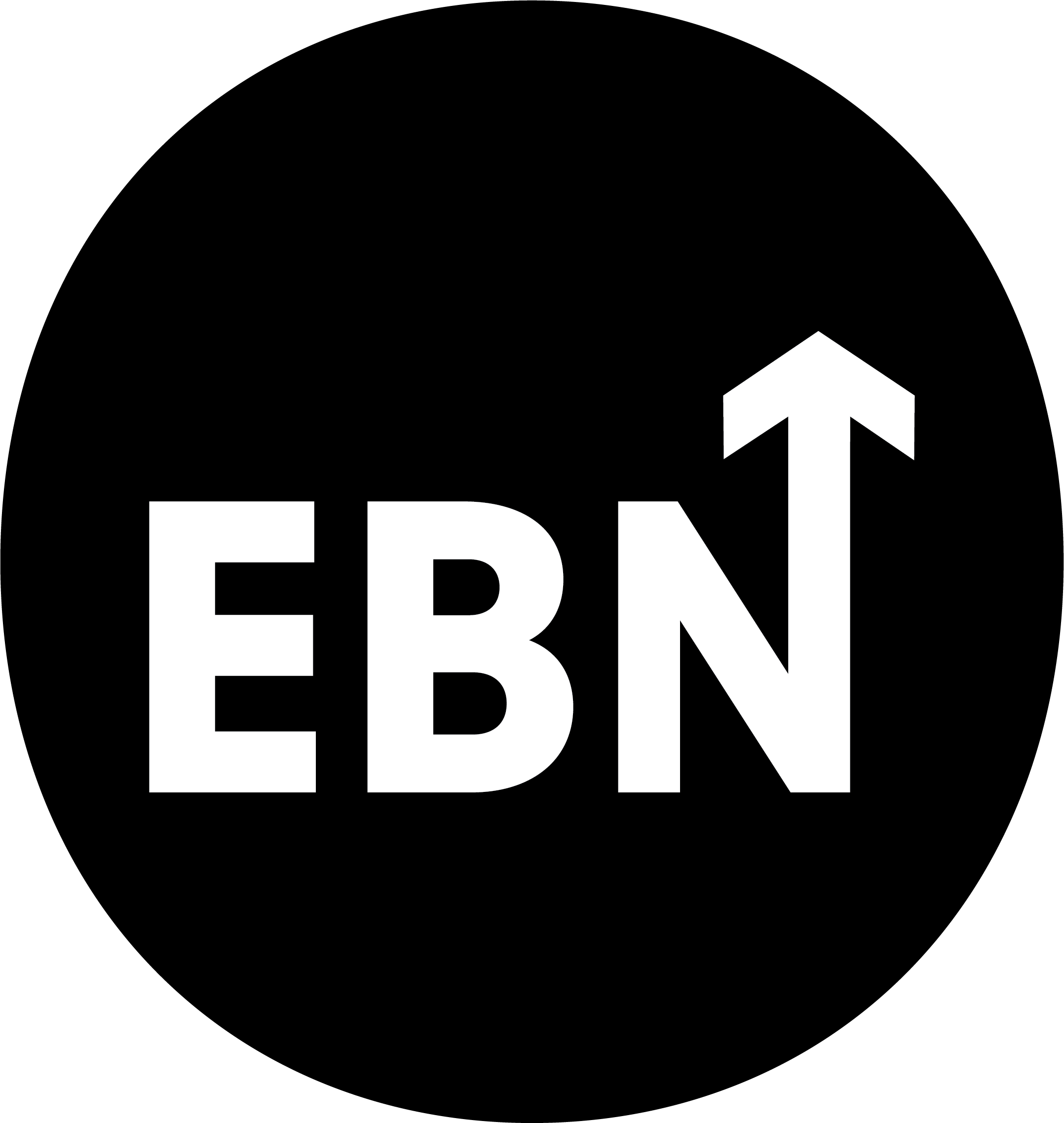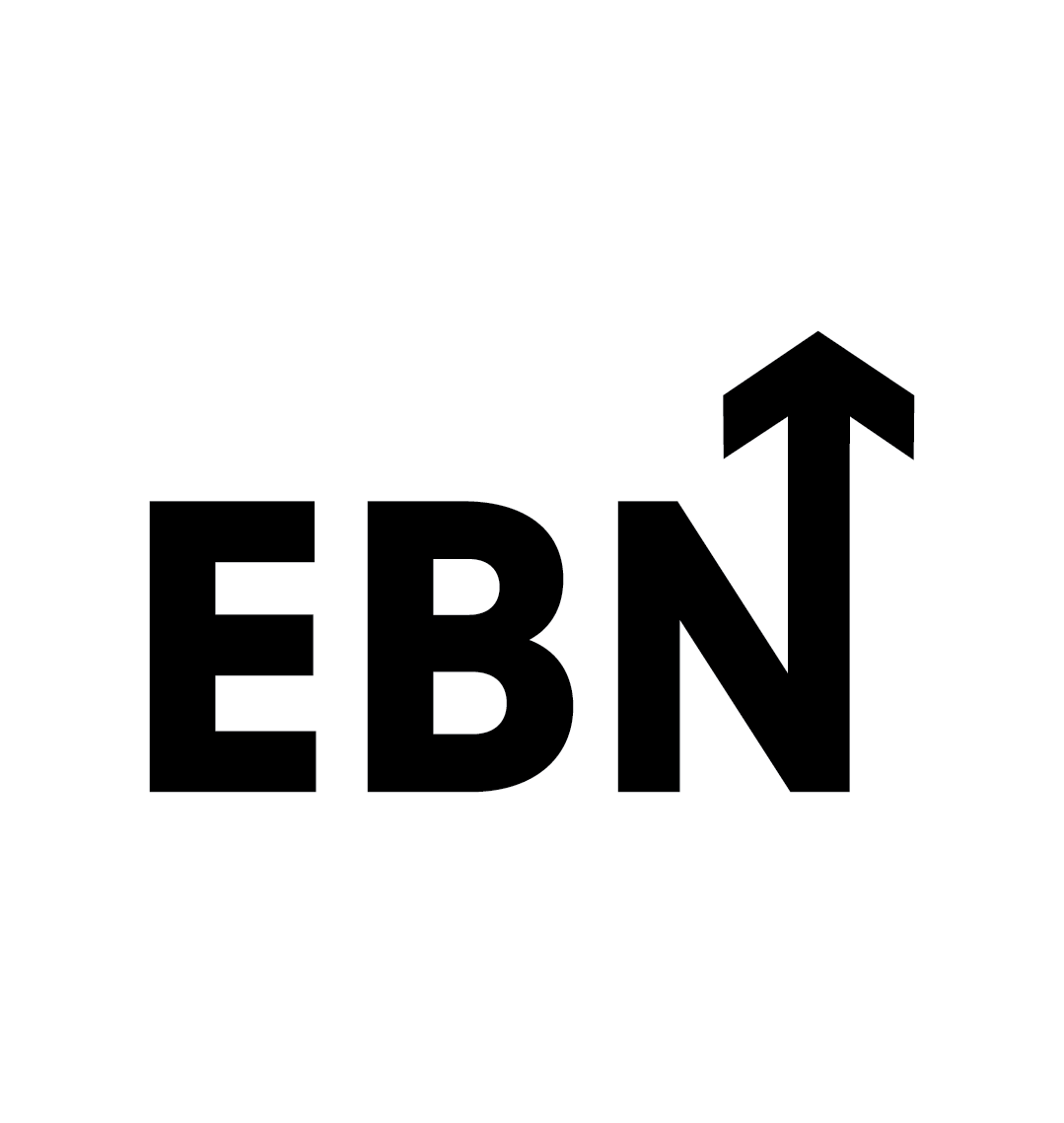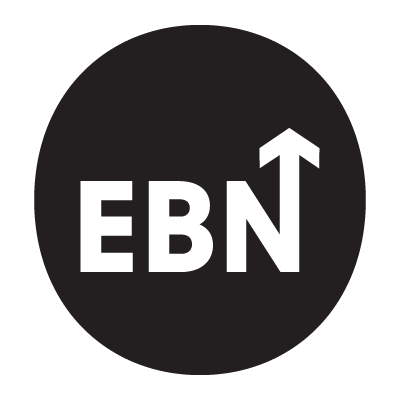Global employer brands often aim for uniformity - but in a world of cultural nuance, shifting priorities, and local realities, rigid control can backfire. If your employer brand activation in each region is likely to diverge meaningfully, then pouring time and budget into a one-size-fits-all global model may be a misstep.
In global setups, the real power lies in defining core brand truths and empowering in-market teams to bring them to life in ways that resonate locally. This article explores how to strike the right balance between global coherence and brand consistency with local relevance - and why simplicity, support, and trust are the new tools of brand leadership.
Momentum isn’t always progress, especially when you always end up back where you started.
Fathom helps you escape the loop. With insight, not intuition.
"If your local EB activation is going to deviate to a fair degree from the global - then it makes sense to invest time and budget at the local level.”
Among the multinational brands I've met, there seems to be consensus that how they activate their employer brand in each region will differ, by varying degrees, from the global brand and the main 'headquarters-driven' roll out.
There's no escaping the fact that, within an organisation, different market units will have different needs, offer different employment experiences to its workforce, and have a different image and competitors within the market. As well, local talent and local team members will differ, often significantly, from market to market.
Whereas their may be plenty of successful consumer brands with global consistency - think McDonalds or Louis Vuitton - that signature brand experience isn't as easy for employers to replicate.
When working on brand strategy, I often use global datasets to give insights the widest possible view. Especially when working across English-speaking “western” countries, where the cultural differences can be small enough to draw safe comparisons: what is true there is similar here. But even in culturally similar markets, caution is required - take healthcare for example, comparing the UK and US is apple to oranges.
How do you activate in multiple regions?
For a global employer looking to activate an employer brand multiple regions, a binary decision usually needs to be made right from the start:
1- Bake in enough wiggle room so that the local team can apply a level of localisation when deploying the employer brand in their own backyard. Or...
2- Capture all of the local differences when building the EVP and roll out plan, so that there is a structured and controlled framework that can be applied everywhere regardless of location.
There is a lot to be said for the second option: creating a comprehensive understanding of the employee experience, wherever you are present in the world, can be a much bigger job (as data from each market needs to be gathered, analysed, and compared). However, with the right data, it's still very possible to create an EVP that's both robust and flexible enough that it can be adapted for optimal usage in different regions. In other words, you can still create a single core vision of your positive difference, but built with data-driven guide rails for deployment different geographies (based on the insights from local employees and local target talent).
Issues with control from the centre
However, it's not always plain sailing. There are some notable challenges with this centralised approach, too.
Helping HR, talent acquisition, employer branding, and company culture professionals find careers worth smiling about.
Context and timing are everything, and we can’t pretend that the curved-balls facing employers – and society, for that matter – aren’t coming at us faster and less predictably than ever before.
We've only just made it through a pandemic and now we have AI disruption to figure out.
With such rapidly shifting sands, it can be hard for an organisation to be clear about what they stand for, even, at times, what they do and why they do it. Conveying what that means for the employment experience, to the nth level of detail, in all places, only compounds this challenge.
The reality is that a centralised core brand message, if too rigid or removed from local realities, can quickly fall apart on contact with the real world. The further you get from the context in which it was created, the more it needs explaining - and the more it risks feeling done to people, rather than done for or with them. In a large multinational, that means more stakeholders will feel it doesn’t quite fit, and will use it sparingly, if at all.
Simplicity and Support
Your overseas colleagues won't thank you when things get too complicated. In every case I can think of, support teams asked for both simplicity and support.
That’s especially true when these teams are being trusted to communicate the employer brand themselves, acting as (or recruiting) ambassadors and sharing their own local stories.
What always works best in these cases is freedom within a framework: clear guidance on the core messages to land, paired with the freedom to tell individual experiences in their own way.
Always be prepared to answer the question: where can we localise and by how much? As well as, what's non-negotiable.
The Right Amount of Consistency
What does this mean for a global brand and the team at its centre? How can they define and drive their employer value proposition - and influence market perception - if not everyone is singing from the same hymn sheet?
First, they need to accept the limits of the control they can realistically have. Push too hard, and you risk losing it entirely. Think empowerment rather than control.
It requires a shift in mindset: from trying to dictate every detail, to holding and protecting the core truths, then enabling others to express those truths in the way that makes the most sense locally.
Protecting Core Truths
Focusing on core truths is a very different remit for a global employer brander. It’s not about knowing everything - it’s about knowing just enough.
When budgets are tight, every hour and dollar spent on deep insight and brand development at the start is time and money you can’t use at the end. And the end - actually engaging your audiences - is where you want that effort to land.
So, what does “just enough” look like? It’s reaching the point where you have clear insight into:
- what you offer (truly, not what you hope)
- what your core competitors offer
- what your audiences want
…so you can put a stake in the ground and say: this is it—the combination of factors that make us distinctive, attractive, and credible, everywhere we operate. You need just enough internal and external data to be sure, but not more than that. There will always come a point of diminishing returns when extra data won't move the needle enough.
From there, it’s about enabling those core truths to be presented locally. Keep it light-touch. Present the truths simply and show they hold up. Ask people to tie their work back to them - because that’s what makes activity more effective, builds trust, and ultimately makes each region more successful.
Set the guide rails - what aspects of the brand can't be changed, and which can adapted? Use the data to tell you; which brand themes resonate most in which location, and what do those themes mean locally? Share the data alongside the guide rails so that local teams can see the depth a rationale for the approach.
At the end of it all, ask your local teams to share how they’ve brought the brand to life. Because after that, it’s all about liberation and inspiration.
Liberation
Give your local teams the liberty to be the experts in their own territory. Empower them to embed local knowledge and cultural nuance into brand activation—backed by data, insight, and guide rails that give them licence to get creative and make an impact.
It can be as simple as this: in a market where the brand is less known, focus on building awareness by leaning into the themes you know resonate locally, and using local employees to tell authentic, on-brand stories. In a more established region, go deeper down the funnel, exploring different themes and using different voices or tools.
Some teams may also need guidance on how to add their own insights if that’s not yet part of their skillset.
Inspiration
There needs to be a spark of inspiration.
Too often in the past, this has taken the form of a brand book - usually packed with pages on imagery guidelines and logo placement, but just a single page on the actual local message, and rarely any explanation of why it matters.
You already have brand guidelines; read them, understand them, and move on. What’s needed now is inspiration: fresh ways to tell those core truths, with an emphasis on why they’re right and why they’re allowed - rather than a long list of what’s not permitted.
We want local teams to tell their best stories, their way. And restrictions will never achieve that.
Do we need Congruity?
Do we really need perfect congruence?
This raises an important question: how aligned do all local employer branding efforts actually need to be?
Even McDonalds has different menus in different markets, design to appeal to local tastes and diets.
Brand congruence exists to avoid confusing the consumer, but if everyone stays within the branding guidelines and ties back to the core truths, isn’t that congruent enough?
Yes, the look and feel may differ from region to region. But who’s really noticing those differences? In that context, rigid brand control becomes a constraint. And too many constraints simply lead people to work around them.
For true global employer brand success, the central team’s job is to get to the differentiated truth as quickly as possible. All the time and effort saved should then be channelled into helping others run with it in their own markets.
This article first appeared on LinkedIn, written by Sam Monteath. It has been adapted for Employer Branding News. Readers are welcome to connect with Sam Monteath for further discussion.
Takeaways
Rigid global EB often fails locally
Cultural, market, and priority differences mean a one-size-fits-all EVP rarely lands everywhere.
Protect a few core truths
Define what truly sets you apart globally, then ensure all local activation links back to these points.
Empower local teams
Give them the autonomy to shape messaging to their markets, supported by simple tools and inspiration, not rulebooks.
Shift resources to activation
Spend less time perfecting global models and more on enabling effective, locally-led execution.
Consistency ≠ uniformity
As long as work ties back to the brand’s core truths, some regional variation strengthens authenticity.







